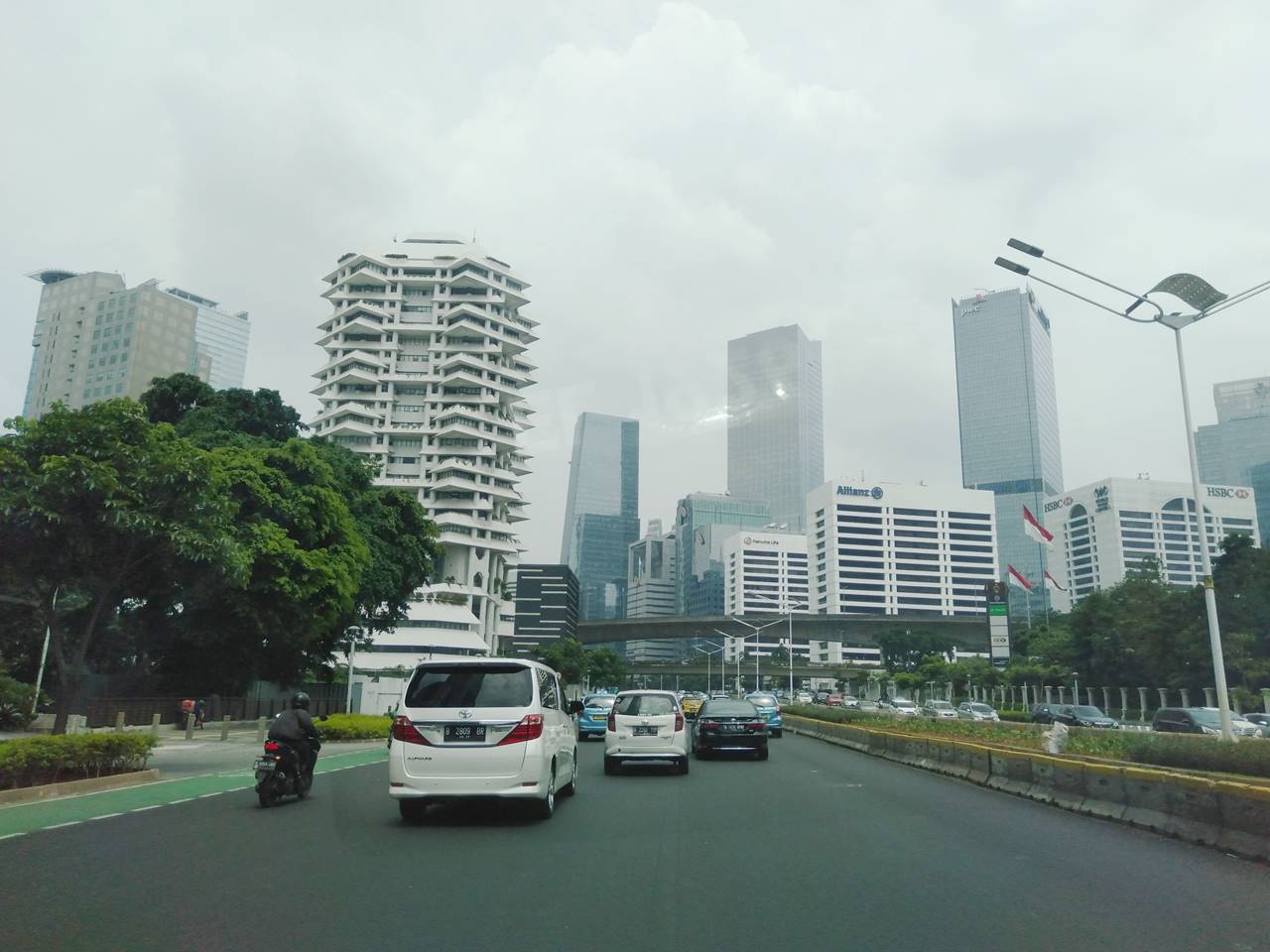“Why do you take pictures of the street?“, my friend asked me while our taxi was crawling Sudirman street, Jakarta, Indonesia. We were back to office after having a lunch in Kopi Nako, Senayan. She saw me taking pictures of anything during the short trip.
She didn’t know that capturing moment on the streets was already my habit for very long time. Also, she asked such questions because for her, capturing photos is a thing to be done during vacation or special events only. She, and many others do photography for two reasons only, which are
- documentation
- making an art
However, after plunging myself into photography world, I thought, we should no longer rely on just the two. There should be redefining photography. We should add one or two more functions and definition.

This is as a result of fast change in the world, especially camera technology. Now, camera is not only owned by rich people but has been a tool brought everyday by billions of people. The exclusivity of photography, due to high cost, it had doesn’t exist any longer.
Cameras become cheap since every smartphone has a camera. The processing photo cost is also getting less and less since it’s no need to make printed version just to see photo.
All can join photography if they want. No matter how hard some people try to maintain photography as exclusive for specific, the facts show that it has become a part of everybody life. Everybody takes photos every day. Millions of photos are produced daily.

Photography shouldn’t be defined or limited to common “the art or process of producing images by the action of radiant energy and especially light on a sensitive surface (such as film or an optical sensor)“.
By saying “art” in the definition, it makes photography so limited to exclusive people only, artists. Nowadays, everybody is an artist, which means, photography is no longer exclusive. People do it for many reasons and not just to create an art.
Currently, people use their cameras
- for fun: selfie or we-fie are terms that are born not because people want to produce arts or to keep memories. They do these just for fun. The right definition for this purpose is “the fun way of producing images by the action of radiant energy and especially light on a sensitive surface (such as film or an optical sensor)s
- visual information sharing: Have you ever take a photo of your works and then sent it to your superior? Street cleaners in Jakarta often do selfie or ask their colleague to take a photo of them and then send the photos to their office. What they do is never with art making intention, they just simply make a report to their superior and show that they are working. Photography in this case do information sharing.
Do you think the old definition of “the art” is suitable for those newly born purpose? I don’t think so.
That’s why I think, all language experts must try to find few other definitions of photography based on more updated situation of the world. The old one is already obsolete and can’t represent what happens in the real world.
So, they understand that nowadays, photography is not only for documenting anything or creating an art. It can be useful also to send information to other people, like I do when I post the photos into my blogs or Facebook accounts. I don’t intend to show an art or documentation but some information about a place in specific time.
These are three pictures I took on 07 Desember 2022 on Sudirman Street, Jakarta, Indonesia. So, now you can see, short information of a place on the other corner of the world named Indonesia, Jakarta, at specific date. Not an art. Neither a documentation. My solely intention is to tell people a bit information about the city where I work.
Do you agree to have few other photography definitions? If so, can you provide one for this blog?
